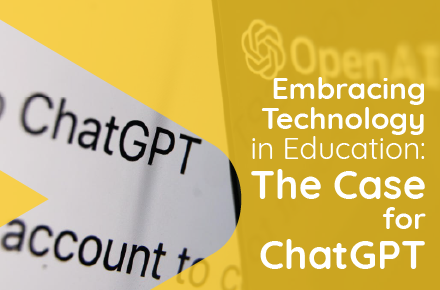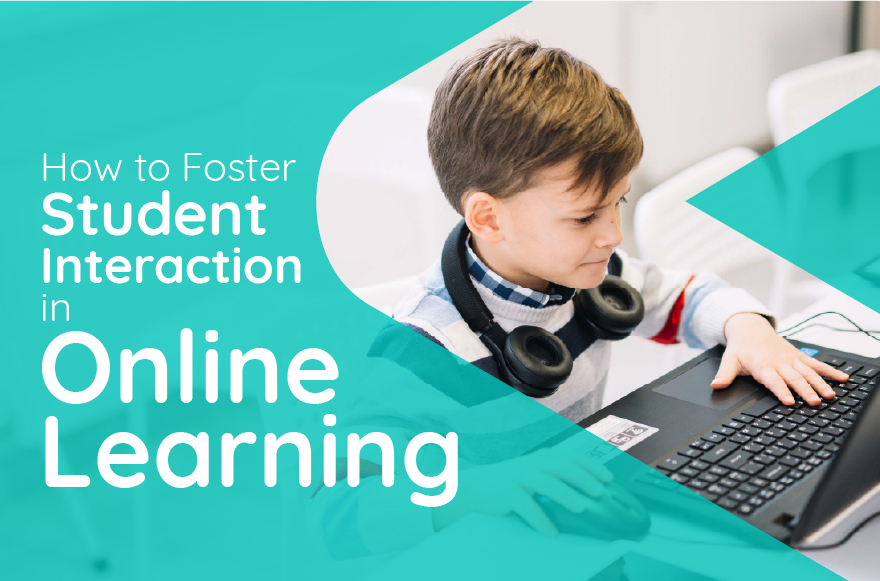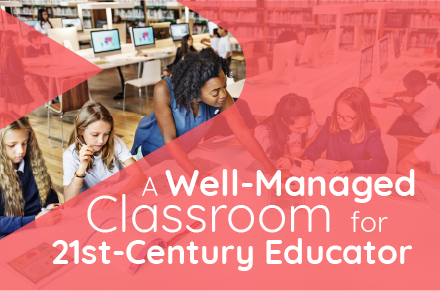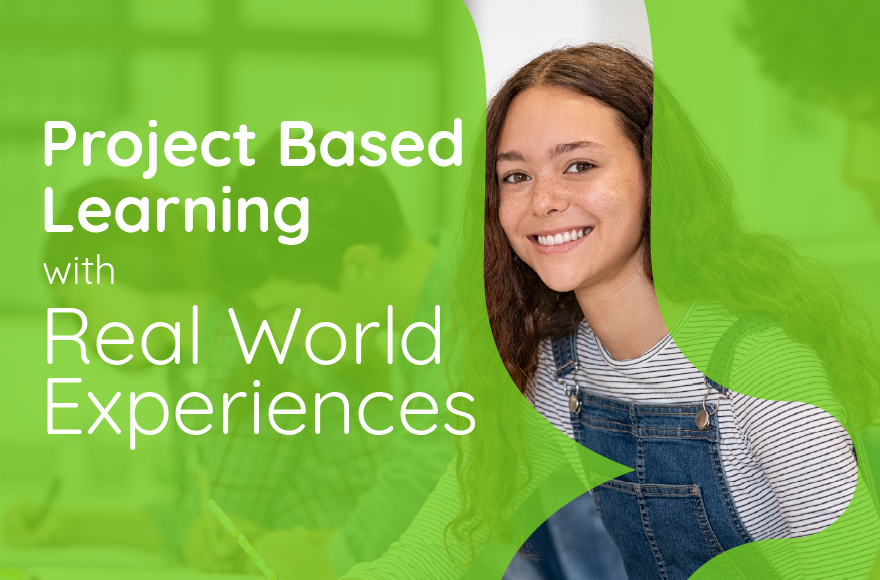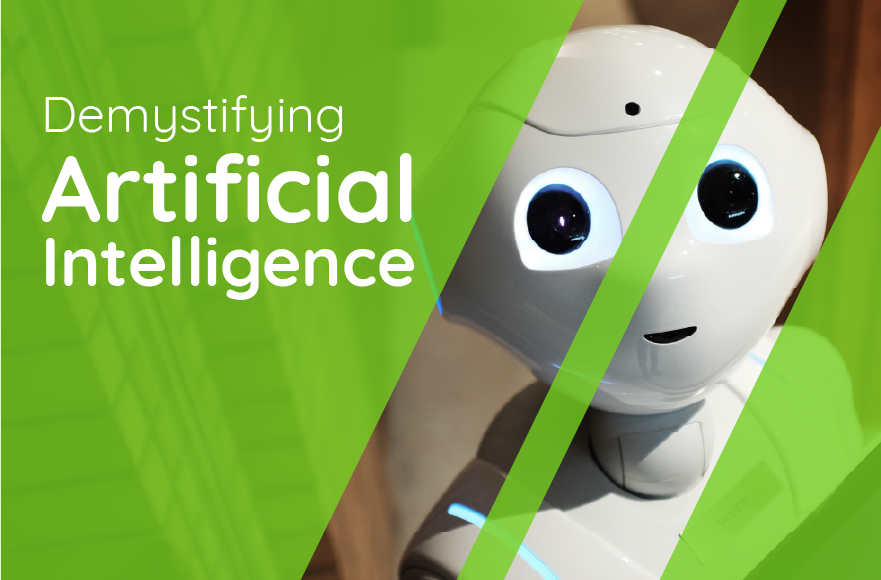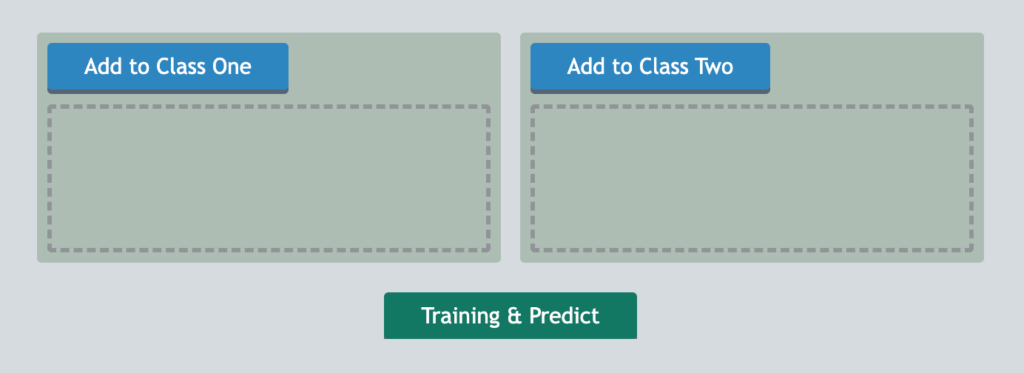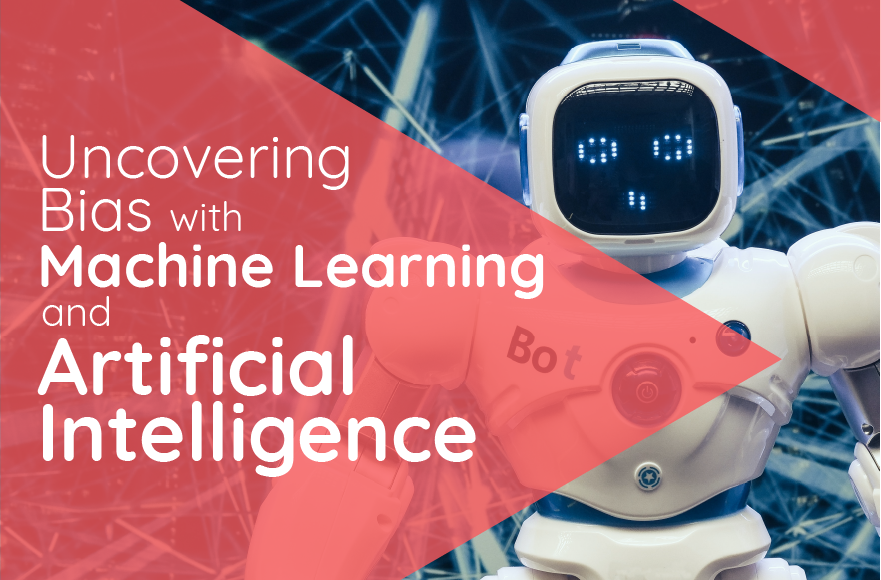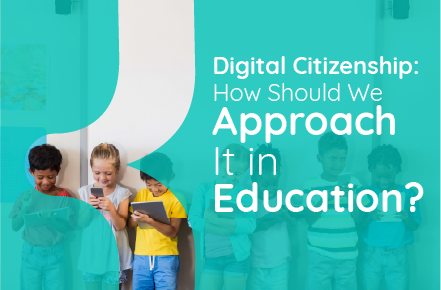It is the first day of school. You are refreshed and ready to go, or you are scrambling to finalize everything before your students arrive. No matter how you feel when the first day of school comes, it is coming if you are ready or not.
Need some suggestions, tips, or words of “wisdom”? As a classroom teacher for over a decade, I was fortunate to see all the students throughout the year. The most students I ever had was 800 students a week for the whole school year! Yes, you read that correctly. I know that I am not the only one with a large student body, but throughout my time teaching, I have learned a few tricks along the way to stay on task (and keep my sanity) and have FUN!
Suggestion #1: Comfort
Teachers spend 8-10+ hours at school. Your students become your children, your colleagues become your family, and the school becomes your second home. So why not make it cozy and warm for all of you? Some simple adjustments or additions to your lighting, such as soft lite lamps or filters for your overhead lights to soften the room. You may even consider adding pillows or camping chairs for your quiet space or reading nook. Having tables or desks that students can quickly move to form new learning environments is also a significant change. Flexible seating is always a win with the students. They get to choose the learning space that will help them be active learners. Check out Steelcase for some great design resources.
Suggestion #2: Organization
If you are a veteran teacher, you probably have your organizational method already established. However, if you are new to teaching, you probably created a pretty binder with tabs and labels and created your organizational process that you “think” will work best. Note to new teachers; you will reorganize yourself a million times before you get the desired rhythm.
My cooperating teacher taught me some (now) “old fashion” tips that still work for me today. First, create a “Begining of the Year” folder (not a Google Folder, but a tangible folder) and place a copy of everything you use for the beginning of the school year (notes to parents, login information, welcome letters, first day activities, etc.). Then create an “End of the Year” folder, again, tangible. Place items relevant to the end of the year.
Another tip is to include the document’s location in your footer when you print a copy. This way, when you need to update that particular document, you know where to find it on your drive. She also taught me to create a folder with unplugged activities for when the internet is down and a folder with quick lessons when your time is cut short due to assemblies, field trips, or testing.
Helping the students be organized is another challenge. Encourage your students to use a planner. Many schools provide this, but if not, be sure to add it to your supply list for students to purchase. Start the year by checking the planner daily to ensure they write legibly and include all the details. After a few weeks, if the student is using the planner correctly, you can offer them “Planner Independence,” which means you no longer need to check the student’s planner.
Another helpful tip for teachers is to have a station dedicated to supplies. If a student breaks a pencil, needs a new highlighter, or needs paper, they can get the materials they need without having to ask and interrupt the lesson. I even know a teacher that created a “pencil graveyard.”
When the student used the pencil to the end, they would push it into a baking pan with soil. She made a graveyard sign that read “RIP Pencils.” They then turned it into a game/competition throughout the year to see who could guess how many pencils would end up in the graveyard and if they had more than last year’s class.
She found that pencils were not left on the floor at the end of the day. This same teacher also created a lost and found tote. If a pencil, eraser, hair tie, etc., were found on the floor, they would put it in the tote for the owner.
The traditional way to stay organized is to assign jobs. Many teachers believe this is suited only for an elementary class. However, I have seen this used in all grade levels. Not only will you teach responsibility to the students, but you will also have a clean and organized classroom. Jobs can include sweeping, organizing papers, checking homework, collecting student notes, or whatever your need may be.
Take this one step further, especially for little ones, and pay the student upon completion of their job. Send the students to the banker (another job) to collect their daily or weekly pay. The students can then use that money to pay for fringe benefits, like eating lunch with the teacher, having a pizza delivered to them for lunch, one free homework pass, etc.
Suggestion #3: Try Something New
My last suggestion is an important one. Teachers are often so focused on our structure that we forget to go out of the box. I challenge you to try something new every year. I set this challenge for myself and found it refreshing for my students and me.
For my classes, I always chose a new application or technology gadget. One year I brought in Cosmo and Vector, the following year, I brought in Mecconoid, and one year I tried coding with the students, which I added to my yearly curriculum. You can even start small by adding something new to an existing lesson.
For example, I worked with a wonderful, kind, and creative 4th-grade teacher specializing in social studies and science. She loved the revolutionary war and had a great lesson that she had done with the students for years—the students dressed in American Revolution costumes and put on a skit for the whole building. Upon our return to face-to-face teaching, many of the teacher’s costumes were put in storage, and she couldn’t access them. She came to me for some ideas. She was open to trying something new!
I found a virtual reality reenactment of the American Revolutionary War and a virtual tour of the museum. The students loved the VR tours, especially the reenactment. The ELA teachers heard about their experience and had the students write an opinion essay on which experience they enjoyed the most and why.
Tip: ASK 3 B4 ME
My #1 tip is – ASK 3 B4 ME.
When students work independently or in small groups, encourage the students to search three other resources before coming to you for a quick answer. I post this saying in my room. Then, when the student comes to me with a question, I ask them what their “3 B4 me” resources were. If I approve their efforts, I assist them. Otherwise, I send them back to search again. At the beginning of a project or an assignment, I remind the students about ASK 3 B4 ME, and we take 2-minutes to discuss possible sources they can use for help.
The last thing I want to leave teachers with eloquently said by Seymour Papert, “The goal is to teach in such a way as to produce the most learning from the least teaching.”
Keeping yourself and the students organized, comfortable for active learning, and the willingness to try something new will set a refresh for your classroom this year. So enjoy the journey, and good luck this school year!



